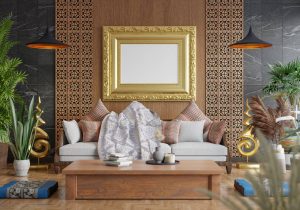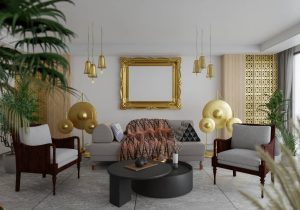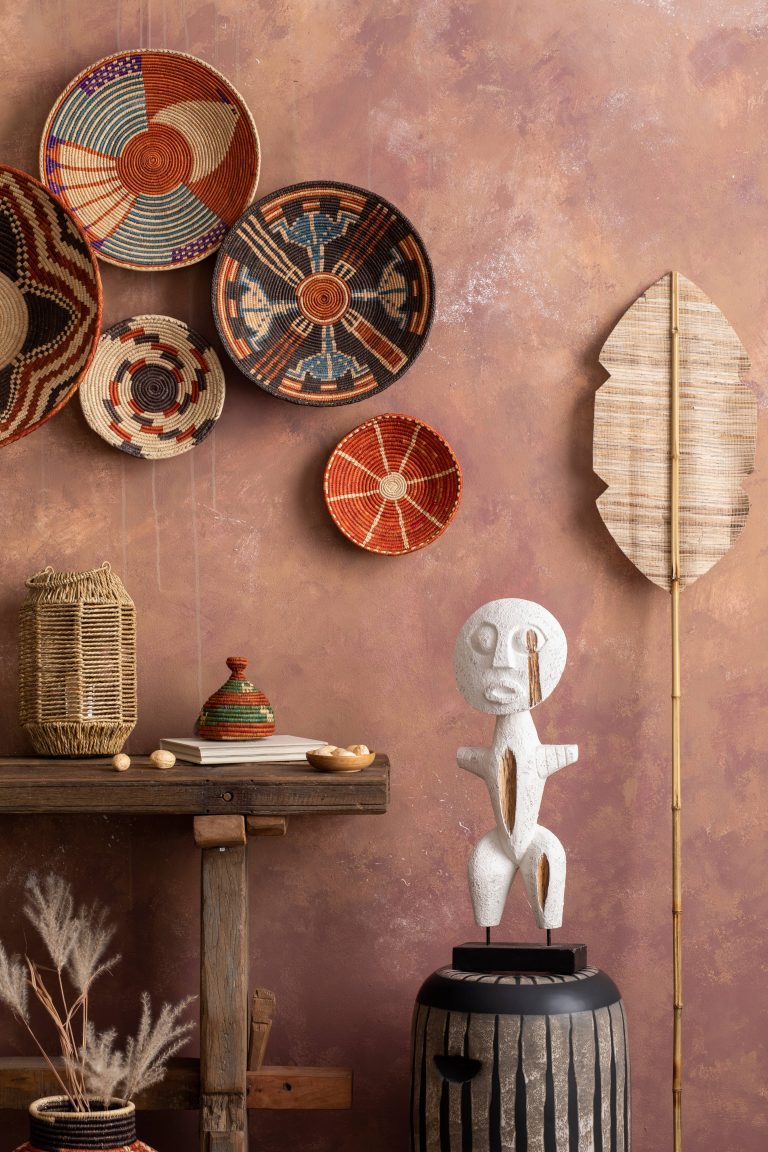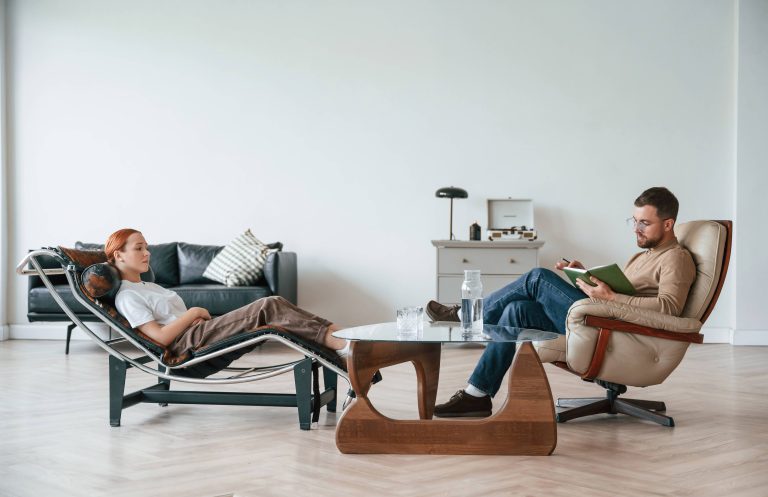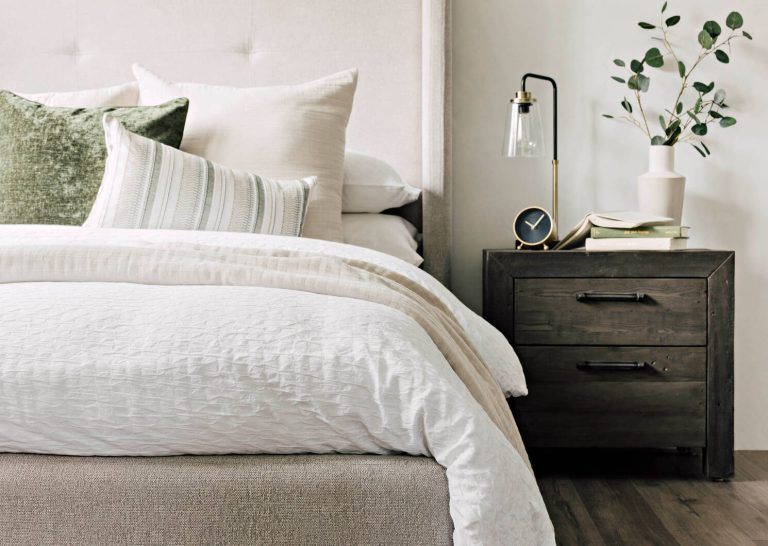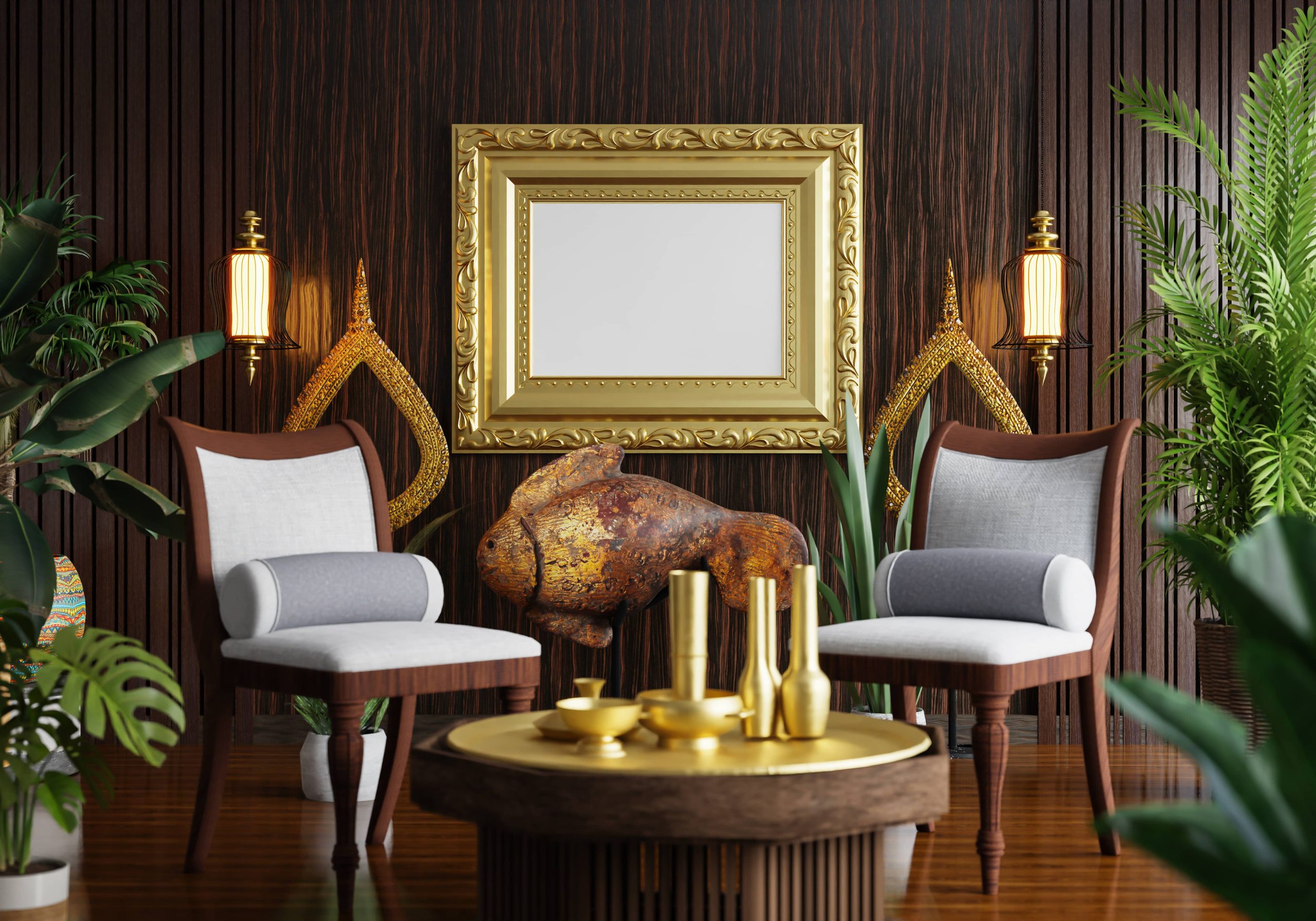
In the ever-evolving landscape of work, more people are finding themselves working from home than ever before. This trend has brought about a need for functional home office spaces that don’t just serve a purpose but also reflect personal style. Designing a home office that is both functional and stylish can enhance productivity and make work more enjoyable. Let’s explore how to create a home office space that seamlessly blends function with aesthetic charm.
1. Understanding Your Space
Before diving into design ideas, assess the amount of space you have. Whether it’s a dedicated room, a nook in the living room, or a section of your bedroom, understanding your available space is crucial. Measure the area you plan to use for your home office, taking note of windows, closets, and other elements that might impact furniture placement.
Tips:
– Multifunctional Furniture: If you have limited space, consider furniture that serves multiple purposes, such as a foldable desk or a bookshelf that doubles as a room divider.
– Vertical Space: Utilize walls for shelves or pegboards to free up floor space.
2. Prioritizing Functionality
A home office should cater to your specific needs. Consider the nature of your work and what essentials you need to have readily available. Strong functionality will lay the foundation for a space that enhances efficiency and effectiveness in your work-from-home life.
Tips:
– Ergonomic Considerations: Invest in a chair and desk that support good posture and reduce strain. Ergonomics is critical for avoiding discomfort and potential injuries.
– Adequate Lighting: Natural light is ideal, so position your desk near a window if possible. Complement it with adjustable task lighting. Proper lighting not only reduces eye strain but also impacts your mood.
3. Embracing Style
Now onto the fun part—infusing your space with style. Your home office should be a place you enjoy spending time in, so don’t be afraid to personalize it.
Tips:
– Color Scheme: Choose a color palette that resonates with you and inspires productivity. Calming blues and greens can create a serene environment, while pops of bold colors can stimulate creativity and energy.
– Decor: Incorporate art, plants, or personal mementos that make the space yours. Art pieces or a gallery wall can keep the ambiance dynamic and interesting. Plants also contribute fresh air and a touch of nature.
– Textures and Patterns: Layer different textures and patterns to add depth. A textured rug, patterned curtains, or a plush, patterned chair cushion can create a cozy, inviting space.
4. Technology Integration
In the digital age, technology is an integral part of any work environment. Organizing and integrating technology in a tidy and efficient manner is essential in creating a functional home office.
Tips:
– Cable Management: Use cable organizers, clips, or covers to keep cords tidy and out of the way. A clutter-free space enhances focus.
– Quality Equipment: Invest in quality equipment that meets your work demands, whether that means a high-resolution monitor, noise-canceling headphones, or a reliable printer.
5. Organization and Storage Solutions
A clutter-free office is key to maintaining concentration and efficiency. Integrate smart storage solutions that balance style with practicality.
Tips:
– Shelving: Floating shelves can keep your space streamlined while providing ample storage for books and supplies.
– Drawer Units: Under-desk drawer units can help conceal personal documents, electronics, and other items you prefer to keep out of sight.
6. Inspiring Productivity
Design elements can significantly impact your motivation and energy levels. Create a space that inherently stimulates productivity and a positive work ethic.
Tips:
– Vision Boards and Calendars: Having a vision board or a wall calendar can keep your goals in view and help manage deadlines effectively.
– Work Zones: If space allows, create different ‘zones’ for various activities—such as a reading nook or meeting area—this can help diversify your tasks and maintain focus.
7. Evolution and Adaptability
The design of your home office should be flexible enough to adapt to future changes. Whether it’s accommodating new technology, shifting focus in work tasks, or simply wanting a design refresh, planning for adaptability ensures your office can evolve with your needs.
Tips:
– Modular Furniture: Consider modular furniture that can be rearranged, expanded, or reduced as needed.
– Reversible Decor: Use reversible textiles, such as cushion covers or rugs, that can be switched for a fresh look.
Conclusion
Creating a home office that marries function with style is an investment in your well-being and productivity. By taking the time to design a space that meets your practical needs while reflecting your personal taste, you’ll cultivate an environment conducive to success and satisfaction. As you plan your home office, remember that it should evolve along with your work habits and aesthetic preferences—keeping both functionality and style at the forefront.
Ultimately, the most important aspect of your home office is that it works for you. With these tips in mind, you can craft a space that is not only a pleasure to work in but also a reflection of your creativity and professionalism. Happy designing!



